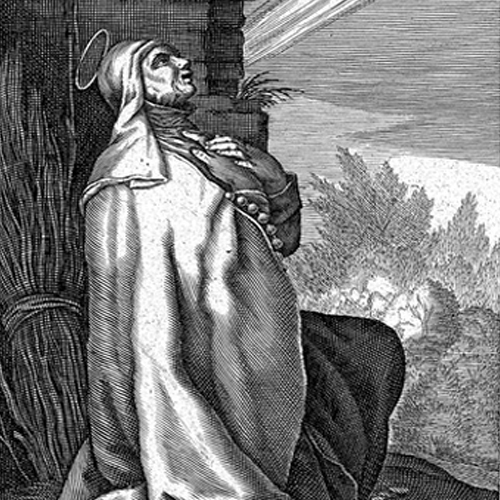
January 26
Saint Paula was born to a well-known Roman family and married a Roman senator, Toxotius. She had five children. She lived in luxury, and, when traveling through Rome, she was carried on an ornate chair by slaves. When her husband died, Paula joined a prayer group of widows led by Saint Marcella. She began leading a life of prayer and penance, and often invited this group to her Roman villa. In 382, Marcella introduced Paula to Saint Jerome, the great biblical scholar, and future Doctor of the Church, who was visiting Rome. Paula provided him lodging and hospitality in her home. Her meeting with Jerome furthered her interest in the monastic life of the East. After the death of a daughter, Paula decided to make a pilgrimage to the Holy Land, accompanied by another daughter, Eustochium. They met Jerome in Antioch and together visited the holy places in Palestine. They visited Egypt, where many hermits and monks had settled, and finally decided to stay in Bethlehem. There they founded two monasteries, one for men and one for women. Paula and her daughter collaborated with Jerome in his preaching, and Paula’s influence helped Jerome control his irascible temper so that he could be more patient and humbler in theological controversies.
Paula’s influence on Jerome was most evident in her suggestion that he translate the Bible from Hebrew and Greek into Latin, which was then the common language of the people. She dedicated herself, with her daughter and monastic community, to making copies of Jerome’s translation so that it could be distributed far and wide. This translation of Jerome’s, called the Vulgate, was the only translation of the Bible used by the Catholic Church in the liturgy until the mid-twentieth century. Paula died in 406, at the age of 59. She was buried in the Church of the Nativity in Bethlehem. When Jerome died in 419, he was also buried there, near the tombs of Paula and Eustochium.
(Image © Morphart Creation, via Shutterstock)